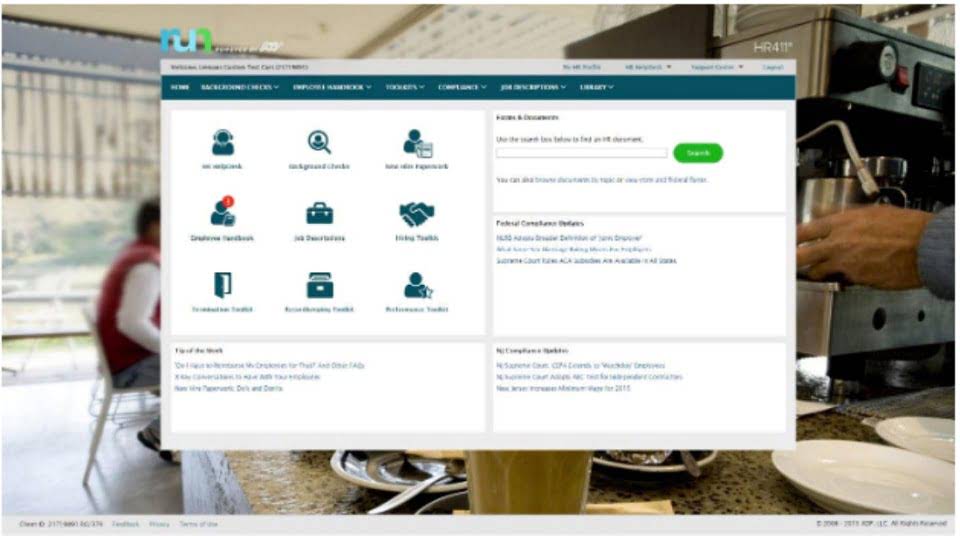
The material cost to build a house is about $50 per square foot or 42% to 51% of the build cost. According to the National Association of Home Builders, a general contractor’s expenses are $85 per square foot for new home construction. Add overhead, profit, and finishing, and the average cost per square foot to build a house is $100 to $155 depending on the region. Ecommerce businesses can reduce shipping costs by negotiating volume discounts with major shipping carriers (or work with a 3PL who can provide shipping discounts). Also known as your customer acquisition cost (CAC), this is how much money you spend on marketing and ads to get customers to make a purchase. Unsurprisingly, it’s one of the most important ecommerce metrics to track.
Get shipping rate discounts
Small houses of around 600 square feet cost $50,000 to $70,000 to build. If a tiny house is too small for your family, you could build something that qualifies as a small house to save money. The average cost to pour a concrete foundation is $26,800 for a 2,776-square-foot house, including excavation, foundation, concrete, how to calculate cost per unit retaining walls, and backfill. Use the cost breakdown below to check bids provided by construction companies. These costs are based on a 2,000-square-foot home built at an average cost of $125 per square foot. New home construction costs with a developer can be approximately 15% less than with a custom home builder.

Cost to Build a Small House
If you’re seeing high COGS, have a talk with your manufacturer to see if there are ways to cut costs and production lead times. Depending on the type of packaging you’re using, costs can quickly ramp up. Branded, custom packaging can make a huge impact on the unboxing experience, and it makes https://www.bookstime.com/ sense for high-quality, luxury products. But if it’s not cost-effective, it can become an unnecessary expense if you’re selling a low-cost item. Cost per order (CPO) is the total calculated cost that is incurred by a customer making a purchase and determines profit made from a single order.

Price Per Unit Calculator
Examples are production costs, customer acquisition, packaging, and shipping costs. But to accurately calculate cost per unit, it’s important to understand what is considered fixed costs versus variable costs. We use price per unit so that customers can easily calculate and decide how much quantity of a product they want to purchase. This also allows for an easy calculation for sellers to include production costs or delivery costs, for example, all in one sales price. Faster order processing means you pay less for order fulfillment because there’s less labor and time involved. For even faster order fulfillment, send orders to the warehouse closest to the customer to save on fulfillment and shipping costs.
Enter the quantity and total price to calculate the cost per unit, or unit price. That’s because to truly calculate cost price per item, you need to think about the cost of producing many units of something—then reduce that cost down to a unit price. When you determine cost price, you’ll need to consider many data points, including the cost of labor, components and parts, tools, marketing costs, and overhead.
The cost per ounce, pound, kilogram, liter, or other unit of weight or volume of the product you intend to purchase is known as the unit price. Whether you’re just getting started with inventory management or you’re an expert looking for a more efficient solution, we can transform how your company manages inventory—so you can focus on building your business. That’s why over 10,000 businesses globally trust us as their inventory management solution. Depending on where you live, your building permit costs will range from $400 to $4,000, and inspections will cost an average of $5,000.

Use this price calculator to determine the required selling price of an item in an online marketplace so that you achieve your desired profit. Target profit or return can be set to a profit in dollars, a margin percentage or a markup percentage. It’s an important metric for calculating profits because it lets you know how expensive your manufacturing costs are.
- After this, there could still be costs related to land, utility hookups, landscaping, driveways, permits, taxes, and fees.
- Depending on the size of the step cost increase, a manager may want to leave capacity where it is and instead outsource additional production, thereby avoiding the additional fixed cost.
- Material costs will vary depending on your building material choices regarding long-term durability, eco-friendliness, energy costs, and social costs.
- It is best to have a relatively low cost per unit, as long as the quality and sustainability standards are maintained.
- Rather than renting a warehouse and hiring/managing a staff, you can store inventory in multiple fulfillment center locations within our network and track storage costs through the ShipBob dashboard.
- Variable costs, such as direct materials, vary roughly in proportion to the number of units produced, though this cost should decline somewhat as unit volumes increase, due to greater volume discounts.
You omnichannel fulfillment partner that’s an extension of your brand, from unboxings to 2-day shipping. ShipBob also partners with leading inventory management solutions to increase visibility and offer more insight into demand forecasting. Each storage unit is prorated on a monthly basis, so if, for example, you only had inventory in a storage location for half of the month, you will be charged 50% of the cost. One-fourth of online customers return 5-15% of what they purchase, and the retail industry loses about $50 billion in the form of deadstock per year. In turn, this can help you deliver orders to customers more affordably while keeping product prices competitive.
How to calculate cost per unit

Storing ecommerce inventory can be expensive, especially if your inventory is not being sold very quickly. If you have too many items that are unsold, you’ll have to expand your storage space to account for these costs. CAC includes what you pay for online marketing campaigns, social ads, and costs from other marketing channels. By tracking this metric, you can make better decisions on how much you’re spending upfront to increase conversions.
